How Baby Boomers Will Impact Your Home Care Business
If you’re in, or thinking of joining, the Home Care industry, the term Baby Boomer – the generation born between 1946 and 1964 after the end of World War II – is one you are most likely quite familiar with. Boomers have been reaching the age of 65 since 2011 and are driving a boom in the home care industry that has not yet experienced its full potential. As this great generation reaches the milestone of becoming “seniors”, it is important to understand the impact of this growing demographic!
Recent Australian data shows that there are, in 2019, around 5.5 million baby boomers. In 2017 there were 3.8 million Australians aged 65 or over, which represented around 15% of the population and this number is growing. Projections suggest that this figure will rise in the next fifteen + years to 6.4 million – 20% of the population – and continue to grow to around 25% or one quarter of the population into the future.
Of course, in the home care business, as well as caring for individuals living with disability, a large portion of your client base will consist of older Australians. The steady surge of this over 65 population is why the home care industry is booming!
In this article, we examine what all this means for the home care industry, and your home care business.
Quantity vs Quality of Life
Since the 1960’s human life expectancy has been increasing at a rate of 2.2 years per decade. According to global statistics site ‘Statista’, Australia boasts one of the world’s highest life expectancies, with the average life expectancy expected to be sitting at 83.5 years in 2020, and, if historical data is anything to go by, on the rise.
Unfortunately, whilst our quantity of life is on the increase, research suggests this is not necessarily reflected in our quality of life. On the contrary, the increase in life expectancy generally goes hand in hand with a decrease in quality of life, that is, an increased risk of disability and degenerative illnesses such as dementia. Diseases that increase in prevalence as we age include heart disease, stroke, respiratory disorders, arthritis and osteoporosis. Consider, for instance, two very simple statistics around dementia in Australia:
- One in ten people over the age of 65 have dementia compared to three in 10 people over the age of 85.
- Around 450,000 people living with dementia and this number is expected to increase by 318 people per day over the next 15 years.
It’s common knowledge that statistics such as these place an ever-increasing strain on the health system. As the ageing population continues to retire, a growing percentage of the population is leaving the workforce, less likely to be paying tax and more dependent on welfare, aged care and health care services. Conversely, as baby boomers retire, the number of working, i.e tax paying Australians is slowly decreasing. The Parliamentary Budget Office (PBO) estimates there will be 600,000 fewer people in the workforce by 2030. This is creating new and growing challenges for economic sustainability, not just in Australia but across the world. The need for private home care providers will continue to become more relevant as Australia looks to alternative options to care for the ageing population.
Growing Desire To Stay At Home
Also driving the home care industry is the focus of Baby Boomers on their health and well-being as they age. Their desire to remaining engaged in work, education or community activities means they are keen to see ways to maintain their independence – even if that means seeking a little extra care and support. Most older Australians also want to age in their own home. Coupled with the afore-mentioned increased life expectancy and likelihood of a slightly decreased quality of life, access to home care and aged care services will play a critical factor in the Baby Boomer’s ability to remain in the comfort of their own home for as long as possible, if not to the end.
Interestingly, 2017 findings by the Australian Institute of Health and Welfare indicated that the percentage of Australians over 65 accessing long-term care was higher than the OECD average. More interestingly, in 2017-18, while more than 1.2 million Australians access aged care services, 77% of those did so whilst remaining in their own community, mostly at home. 71% remained at home without government-subsidised services! In other words, we are a country not afraid to seek care to assist us to age, and to do so on our terms.
Technology Industry Booming with Innovations
Not surprisingly, health and medical technology is constantly being innovated and a lot of these innovations are revolutionising and evolving the way home care businesses run. Here’s a quick look at examples of technology that are having a positive impact on aged care in the home.
Virtual Reality: The development of Virtual Reality (VR) may have originally been created for a whole new type of video game, but it is found to be a very immersive tool for older Australians! Research from the University of Melbourne shows that virtual reality can help an estimated one in five older Australians at risk of social isolation, to be engaged and connected with each other in a safe environment.
Voice-Assisted Technology: It is estimated that one in six Americans now own a smart speaker and statistics suggest this figure will increase and be replicated in countries such as Australia. This technology is driven by our increased dependency on mobile technology and our desire to ask for assistance whilst on the move. Whether we’re asking Alexa what the weather is today, seeking advice from Siri on the nearest petrol station, or asking Google what’s on for the day, our eager adoption of artificial intelligence to assist us with everyday activities has begun. Industry experts suggest most applications will utilise voice technology in some way in the near future. As it becomes the norm, everyday tasks that older people can find challenging and are often the catalyst for caring children to suggest it’s time to move out of the home – activities such as operating appliances, locking doors, performing online tasks such as banking and shopping, even driving a car, as well as staying easily in touch with loved ones, will be as simple as a voice command.
Telehealth: Feels like more confusing terminology? The simplest way to explain telehealth is the provision of healthcare services using video conference technology. Still not sure? It’s teleconferencing with a doctor while remaining at home.
Still in its infancy in Australia, US families are opting to have a loved one see a doctor via video rather than waiting a week or so to see a doctor in person. In Australia, GP’s have been restricted by Medicare requirements however specialists are able to offer video consulting and research has already shown that telehealth can increase the care and support of chronic disease management. The good news is the move is underway for GPs to offer telehealth services, with trials underway as this article goes to print.
On the other hand, tele-monitoring, an extension of telehealth, is now common practise in Australia, allowing a person to wear or carry an electronic device that can be monitored by their healthcare team regardless of where they are. These devices most often connected to apps and software that both patient and doctor can manage and monitor, to know when the patient may need to seek assistance, make changes to treatment plans or pain management, or to monitor general wellbeing, all whilst capturing data that can be shared with their caregiver and healthcare team.
The implications of telehealth for in home aged care are far reaching. In a recent trial a rural GP undertook video consults for aged care patients and halved the number of required hospital visits.
Fall prevention tools: Nearly a third of all older people living in care suffer from a fall at least once a year, making fall prevention a big topic in home care. It is no surprise then that there are lots of technology options designed to give peace of mind to both the user and their family. From wireless fall alarms to inflatable hip protectors the technology industry is gearing up to create multi-sensor wearable devices that provide both maximum functionality and ease of use for older people.
Telehealth and technological gadgets and advancements are not only for the clients. For home care companies such as Nurse Next Door, focused on delivering world-class systems and care models, technology plays a big part in the organisation.
Take, for instance, Nurse Next Door’s centralised call centre (we call it our Care Services Platform). It was created with the idea of alleviating Franchise Partners of scheduling duties and other daily tasks so that they can focus on growing the business without day-to-day stress. It is open 24/7, 365 days a year. Being in the business of care, it is essential to us that when people call in, there is a live person with a friendly voice that answers the phone and is ready to help.
Nurse Next Door has also recently moved to a mobile scheduling platform to streamline client files, documents and makes it easier for caregivers to clock-in and out of shifts. As it is GPS-based, we are able to monitor both our clients and caregivers safety. Nurse Next Door has also built an online training program for our Care Designers and a centralised online platform and mobile app for our franchise partners to have access to their business health, operational manual and systemwide news on the go.
Increasing Need of Care Professionals
Projected to have the strongest growth of any industry (up 16.1% from 2017 to 2022), the health sector is predicted to be one of Australia’s main service industries within the next 10 years. Understanding this, and how you position your business when it comes to hiring quality caregivers, stands to have a positive impact on your ability to grow a successful business into the future.
According to Associate Professor Lynn Riddell, Deakin University’s Associate Dean of Teaching and Learning in the Faculty of Health, the opportunities for growth and employment in the health sector will be two-fold, i.e. clinical and community-based. Specific roles in the support of the ageing population will create interesting new niches in healthcare, perhaps supporting people living at home through end-of-life decisions, or looking into nutrition and “food innovation” for older people. Likewise the advent of new and diverse roles through technological developments will create further employment and new, diverse career pathways. The opportunities are, seemingly, endless.
Increase in Single Households
Statistics tell us that more and more ’empty nesters’ are those living in a single household, i.e. on their own, with no children to help provide care. More people are choosing to remain single and higher divorce rates are resulting in an entire demographic shift. Around 24 percent of Australian households are, according to the 2016 census data, lone-person households. Add to that the 16 percent single parent households and you have almost 40 percent of households that will contain a single adult seeking care as they age.
The Australian Institute of Family Studies suggests single-person households will outnumber what we traditionally thought of as ‘nuclear families’ in the near future. This is a global phenomenon with The Harvard Joint Center on Housing Studies (JCHS) finding that 57% of these households in the US have single occupants. The study predicted that there will be 10 million single-person households over 80 years of age in 2038!
Shifting Family Priorities
A higher percentage of what we call the ‘caregiving daughter’ remaining in the workforce is also having a significant impact on the availability of family or unpaid caregivers.
Previously, generations of elderly parents remained at home while daughters, most often not working full time, if at all, provided unpaid care until high level or medical care was required. Today’s middle-aged adults (i.e those most likely to have older parents in need of care) now find themselves caring for both their own children, having had children later in life, as well as their ageing parents, often whilst working full time. This role is proving to be taxing and has quickly earned itself the title of the “sandwich” generation!
Even for those that do live near an elderly parent, their balance of family, work and elderly parent care leads very quickly to caregiver burnout and the need for respite if not permanent, alternative, long term care plans. For those that live further away, the guilt can be palpable. The desire to help by sourcing the best care possible to provide peace of mind that their mum and dad are in good hands is very real.
Caring for a loved one as a family caregiver can be very rewarding, but it also involves changes in the family dynamic, household disruption, financial pressure and an added workload that can become untenable.
As Baby Boomers enter their senior years they are finding themselves in need of care with a desire to stay at home but without family to step in and provide the care. The upside – the decision to remain at home is theirs to make. The downside – increased demand on options for long-term care that cannot be met. As noted earlier, the growing demand for long-term care options at home is not going away. There will be likely be more clients than care options and those who can provide the right option for the independent Baby Boomer will do well.
Active Lifestyles and Vast Interests
While statistically those living longer may be at increased likelihood of living with disability or disease, there will be an increasing number of older Australians who don’t let physical or health challenges slow them down. This next generation’s expectation to check off their bucket list and remain active is unlikely to dissipate. It’s all about living in the moment and doing what you love!
For any successful home care business the client’s wellbeing must be the biggest priority. You’ll be providing quality care and monitoring their health, but the most important factor is client satisfaction. How do you make them happy? How do you encourage them to live their best life?
Nurse Next Door’s unique philosophy of Happier Ageing ensures our home care brand stands out among our competitors. Instead of having caregivers just completing tasks, Nurse Next Door caregivers are encouraged to brainstorm and think of ways to bring joy back into their clients lives.
When you believe in promoting health and wellness you know that happiness is the biggest factor. Having caregivers provide clients with quality companionship allows for clients to stay engaged socially, physically and mentally. Nurse Next Door Franchise Partners and caregivers are encouraged to keep their eyes open and learn what activities clients may be interested in doing again—or try for the first time. By continuously looking for ways to improve a clients’ quality of life, you’ll have happy clients and greater word of mouth referrals are priceless!
With the trends identified above, there is no doubt that the demand for home care will continue to grow. A growing population, living longer and therefore dealing with greater needs for health management, with a desire to do so in their own homes, on their own terms. The opportunity to take part in the design of a better future for Australia’s health care and home care sectors is now. For those paying attention, and caring for people with core values that place people’s well-being truly at the centre of the care plan, the Baby Boomers present perhaps the greatest opportunity the home care sector has yet encountered.
With a core purpose of Making Lives Better®, Nurse Next Door, under the leadership of Melbourne based Master Franchisors Matt Fitton and Amber Biesse, provides in-home aged care and disability support services built on our philosophy of Happier Ageing® focusing on possibility rather than disability.
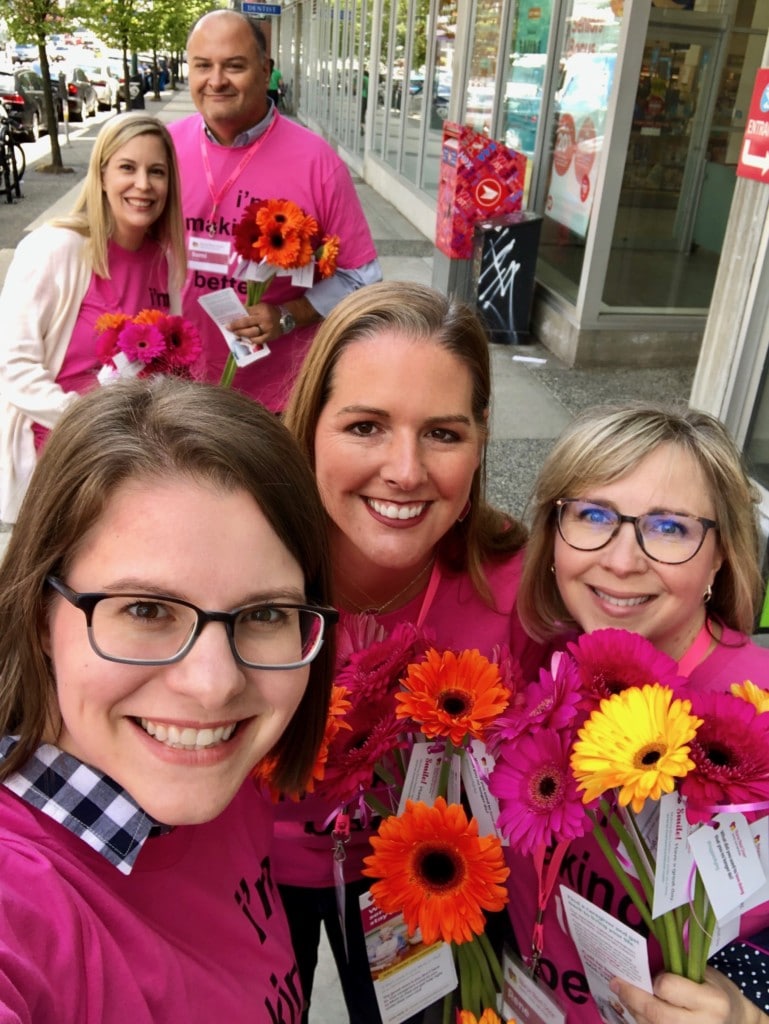
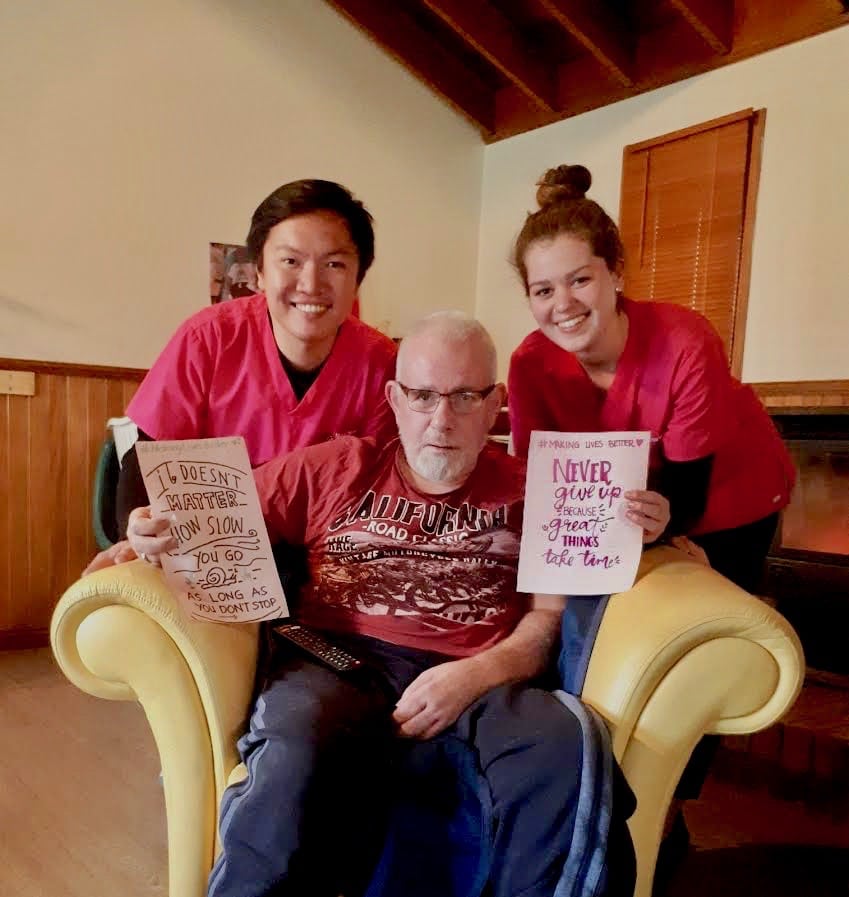
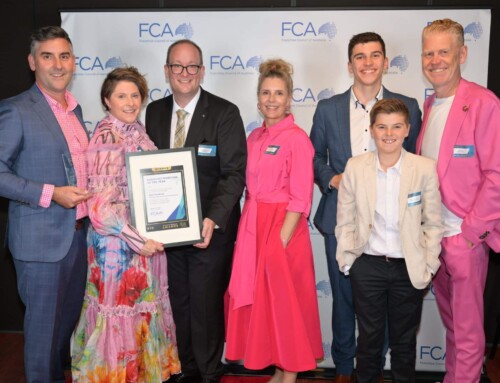
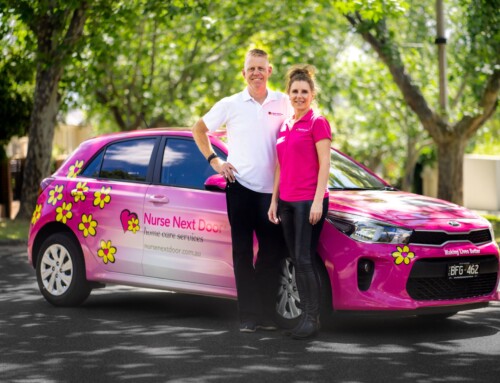
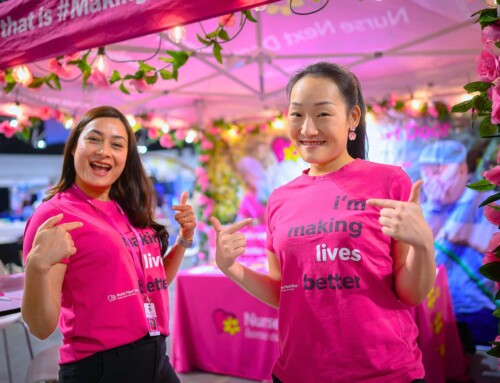
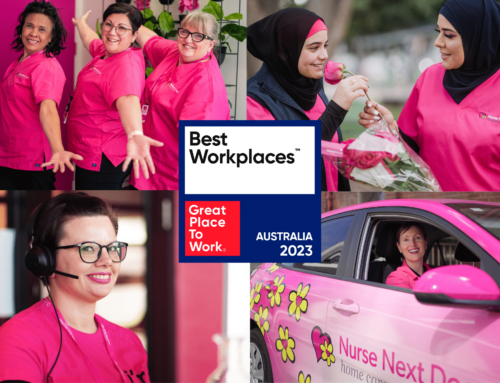

Leave A Comment
You must be logged in to post a comment.